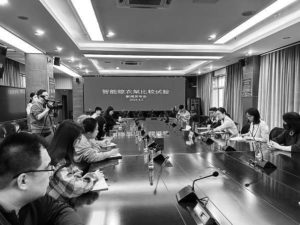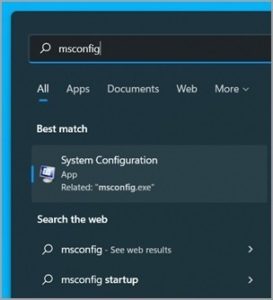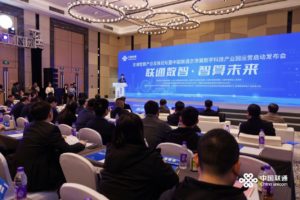Do you have these must-have lenses for Fujifilm GFX medium format?
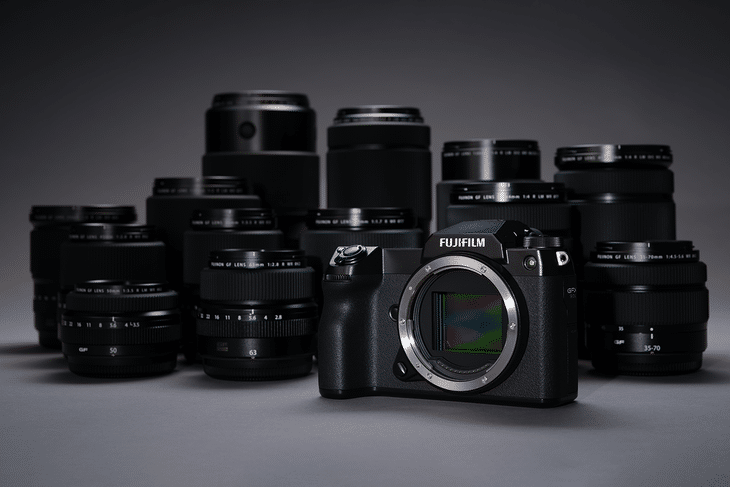
[ad_1]
The sensor of a medium format mirrorless camera is larger than that of the familiar full-frame camera, so the image quality is better. As the current leading brand in the medium format mirrorless field, the Fujifilm GFX series already has 7 models with different positionings, especially last year. The released flagship GFX100 II medium format mirrorless camera is not only equipped with a 102-megapixel medium format CMOS sensor and a compact body comparable to a full-frame mirrorless camera, but is also comparable to mainstream mirrorless cameras in terms of focusing speed and video shooting. Although full-frame is becoming more and more popular, medium-format mirrorless cameras have higher pixels and better image quality, and are increasingly favored by consumers and professional photographers. It can be said that the Fujifilm GFX series medium-format mirrorless cameras are now considered The most popular high-definition camera is not an exaggeration.
So, how can we make full use of the image quality advantages of Fujifilm’s GFX series medium format mirrorless cameras? Of course, high-quality Fuji GF mount lenses are indispensable. Therefore, today we will recommend to you several GF lenses that are must-haves for Fujifilm GFX users, including daily recording, landscape photography, portrait photography and other different uses, giving full play to the advantages of the GFX series’ high pixels and high image quality. When it comes to shooting scenery, I believe that the first thing that comes to mind is the wide-angle lens. As a landscape enthusiast, wide-angle lenses are indeed the most commonly used lenses in scenery shooting, especially ultra-wide-angle lenses, which play a decisive role in scenery shooting. The main purpose is to use the wide angle of view and even distortion of the lens to present powerful works. Naturally, shooting landscapes is the best choice. While many people take it for granted that wide-angle lenses are the first choice for landscape photography, telephoto lenses are also an indispensable lens type. They can effectively compress space, bring distant objects closer, and highlight the subject in the picture into a visual focus. Focus without being distracted by other elements. For example, when photographing a mountain peak, a telephoto lens will make the mountain appear taller and more spectacular without being blocked or stolen by surrounding trees or buildings. Among the current Fujifilm GF series medium format lenses, the GF20-35mm F4 R WR and GF100-200mm F5.6 R LM OIS WR are the first choices for landscape photography.
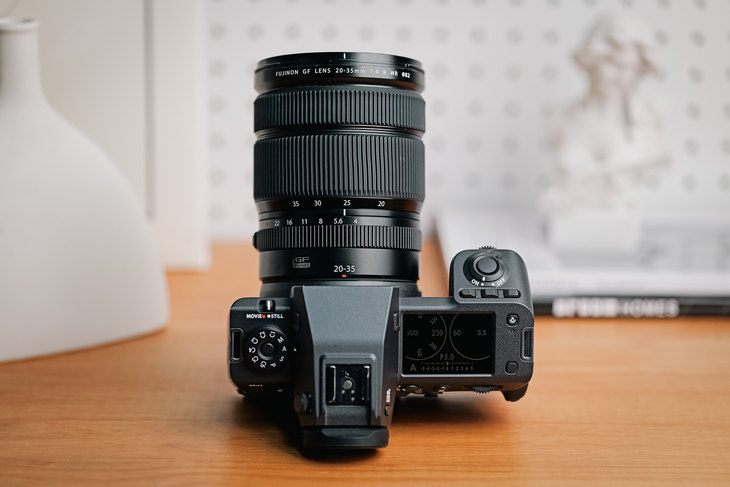
Fuji GF20-35mm F4 R WR lens First of all, the Fuji GF20-35mm F4 R WR lens is lightweight and compact, and has excellent resolution performance. It is also dust-proof and drip-proof, fully meeting the needs of landscape photography in different harsh environments. . The focal length range of the Fujifilm GF20-35mm F4 R WR lens is equivalent to 16-28mm on a full-frame camera. It is currently the widest and most popular wide-angle zoom lens in the Fujifilm GFX system. It uses an optical structure of 14 elements in 10 groups, including 3 aspherical lenses, 1 ED aspherical lens and 3 ED lenses can minimize aberrations and distortion. In addition, a nano-GI coating is used inside the lens to reduce internal reflections and improve sharpness and detail performance. In general, this Fujifilm GF20-35mm F4 R WR lens can meet most wide-angle shooting needs, and can provide us with excellent image quality performance when shooting landscape works.
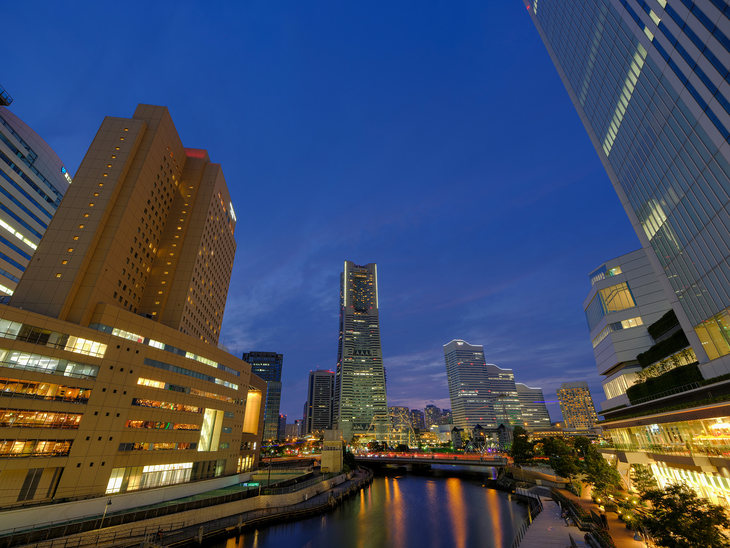
Fuji
GF20-35mm F4 R WR official sample, photographed by Daisuke Fujimura Fuji GF20-35mm F4 R WR This lens also adopts a lightweight and compact design, weighing only 725g. For a medium format wide-angle zoom lens, its portability is very outstanding . Not only is it easier to store, it will not add any burden to us even when used with Fujifilm GFX mirrorless for long-term outdoor shooting.

Fuji GF100-200mm F5.6 R LM OIS WR lens Another Fuji GF100-200mm F5.6 R LM OIS WR lens is the first mid-telephoto zoom lens in the Fuji GFX system, with an equivalent full-frame format focal length of 79-158mm. , it is very suitable for shooting landscapes, portraits and some close-up scenes, and the control is also very professional, equipped with an aperture scale control ring, etc. In terms of lens optical structure, this lens uses a structure of 20 elements in 13 groups, including 2 ultra-low dispersion lenses and 1 aspherical lens, which reduces dispersion and distortion and can achieve excellent image quality. The closest focus is 0.6m. With the 0.2x magnification, it is also convenient for taking close-up shots of small scenes such as flowers and plants when shooting landscapes.
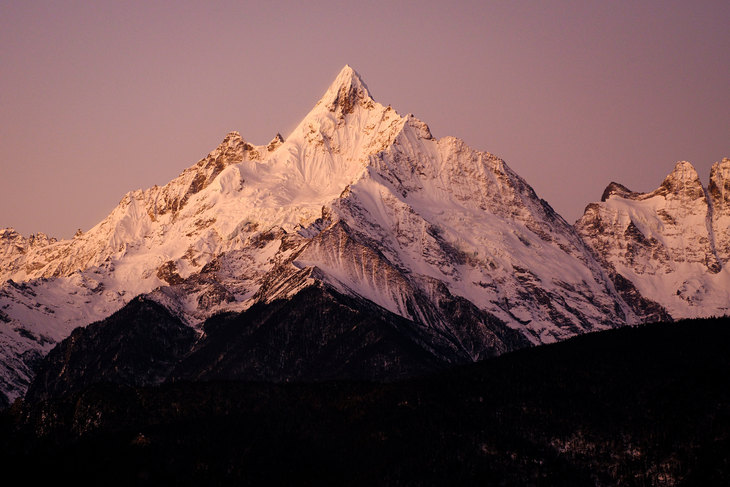
Fuji GF 100-200mm F5.6 R LM OIS WR real-life sample photos. In addition, the GF 100-200mm F5.6 R LM OIS WR lens body also has a dust-proof and waterproof design. As a medium-format telephoto zoom lens, it is better than imagined. It is much lighter, weighing only 1050g, and its maneuverability is not inferior to that of the full-frame lens system. And Fujifilm has also launched a GF 1.4x TC WR teleconverter for this lens, which can be converted into a 140-280mm focal length medium format lens, which is very practical. These two lenses are indispensable for shooting portraits. Among all lens types, if you want to highlight the subject and blur the background better, there is no doubt that a large aperture lens is a very good choice, especially when shooting portraits. It’s even more obvious; if you want to take excellent picture quality and beautiful portrait photos, then fixed-focus lenses have greater advantages than zoom lenses, and generally fixed-focus lenses will have larger apertures, which has always been impossible with zoom lenses. Innate advantages achieved. In terms of focal length selection, 50mm, 85mm and 135mm are very classic focal lengths for portraits. Among the Fujifilm GFX medium format lenses, GF55mm F1.7 R WR and GF80mm F1.7 R WR can be said to be specially designed for portrait shooting. Student, if you like taking portraits and the soft bokeh brought by a large aperture, then don’t miss it!
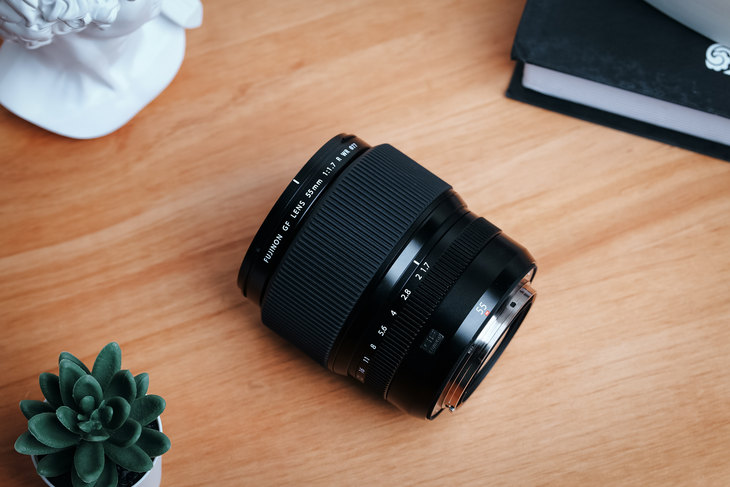
Fujifilm GF55mm F1.7 R WR lens Fujifilm GF55mm F1.7 R WR lens has an equivalent full-frame focal length of 44mm. It can be regarded as a “headshot” that meets the human eye’s perspective. It should be the best lens for professional photographers and enthusiasts. A fixed-focus lens that is frequently used in the market, coupled with a medium-format sensor and an ultra-large aperture of F1.7, can show extremely excellent image quality and expressiveness whether it is portrait photography, food still life, or street sweeping. The lens adopts an optical structure of 14 elements in 10 groups, including 2 ED lenses and 2 aspherical lenses. It uses 11 circular aperture blades to provide a minimum focusing distance of 50cm; luxurious and solid materials are combined with a maximum aperture of F1.7. This also makes this GF55mm F1.7 R WR lens provide advanced image resolution and chromatic aberration control, and can better create a soft and charming shallow depth of field effect.

Fuji
GF55mm F1.7 R WR real-shot sample. In addition, a major advantage of this lens is that it allows medium-format fixed-focus lenses with large apertures to be more compact and lightweight, while still maintaining ultra-high optical quality. level. And as a fixed-focus lens with an ultra-large aperture, the GF55mm F1.7 R WR is extremely good in terms of image resolution and dispersion control. When taking portrait photos, you can confidently create with the aperture wide open.
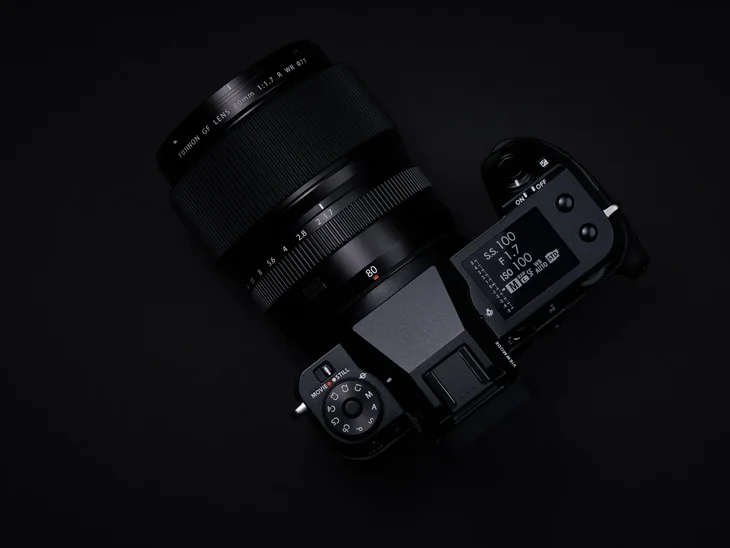
Fuji GF80mm F1.7 R WR lens Another Fuji GF80mm F1.7 R WR lens has a distance equivalent to 63mm in full-frame format. It is a fixed-focus lens that can perform fast autofocus at the maximum aperture F1.7, especially It’s the large aperture that creates the much-anticipated bokeh effect, providing incredible aesthetic quality to portrait shots. The lens is composed of 12 elements in 9 groups, including one aspherical lens and two Super ED lenses. It achieves a delicate balance between controlling spherical aberration and providing bokeh quality. It delivers beautiful bokeh that is probably unmatched by any other medium format lens. Neither can be reproduced.

Fujifilm GF80mm F1.7 R WR official sample, photographed by Chris Knight. In addition, Fujifilm GF80mm F1.7 R WR also has 9 round aperture blades. Enlarging the aperture can produce images with soft and smooth blur effects. When paired with GFX The sense of space brought by the body is far greater than that of a full-frame camera.Convenient and practical choice for on-hook
Of course, if the priority is to make shooting convenient and hassle-free, then a camera head is also a good choice. Choosing a good camera head can make it easier for us to go out to shoot and meet our actual needs. Therefore, when choosing a camera head, we need to give priority to our usage environment and the type of subject we need to shoot. If you are shooting in travel or outdoor environments, you can choose a zoom lens that is lightweight and easy to carry and has both wide-angle and medium-telephoto focal lengths, such as Fujifilm GF45-100mm F4 R LM OIS WR; if you like street sweeping and humanistic creation, then GF50mm The F3.5 R LM WR fixed focus head is very suitable for hanging on the camera. Not only does it have a large aperture that can blur the background and highlight the subject, but it is also lightweight and portable, making it a great tool for street photography.

Fujifilm GF45-100mm F4 R LM OIS WR lens First of all, Fujifilm GF45-100mm F4 R LM OIS WR lens covers commonly used shooting focal lengths, providing a focal length range equivalent to 36-79mm in full-frame format, and also has F4 Constant aperture, ideal for shooting nature, landscapes or portraits. The dust-proof and drip-proof structure allows the lens to operate in harsh temperatures of -10°C. Its high-resolution performance and very smooth bokeh effect can capture the atmosphere of various scenes or subjects, so it is a lens that can The ideal tool for capturing images in harsh and unpredictable environments.
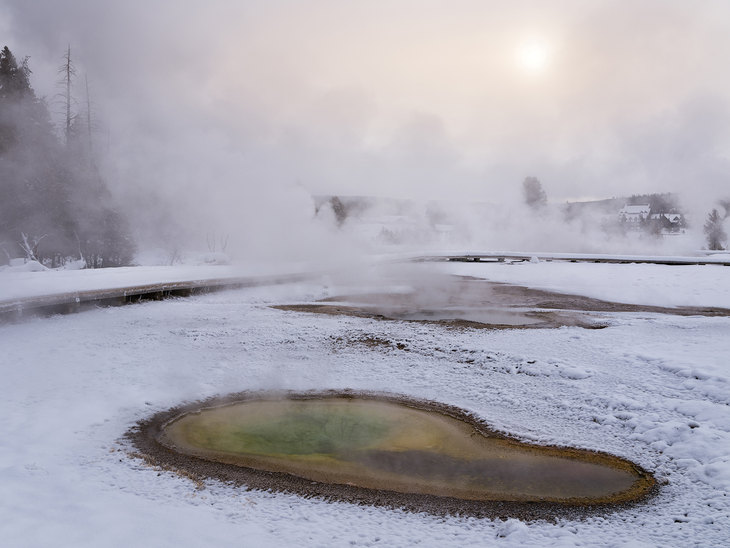
Fuji GF45-100mm F4 R LM OIS WR official sample, photographed by Victor Liu Fuji GF45-100mm F4 R LM OIS WR has 16 elements in 12 groups, including 3 aspherical lenses, 1 super ED lens and 1 ED lens, effectively Distortion, spherical aberration and chromatic aberration are controlled. This minimizes the negative effects of various aberrations such as brightness shifts and chromatic aberration, delivering stunning image clarity. The lens weighs 1005g, is 144.5mm long, and has a diameter of 93mm. Although it is a 2.2x zoom lens suitable for medium format camera systems, it is also very compact and easy to carry, so for travel shooting, this GF45-100mm F4 R LM OIS WR lenses are perfect for hanging.

Fujifilm GF50mm F3.5 R LM WR lens The Fujifilm GF50mm F3.5 R LM WR lens is a wide-angle fixed-focus lens with an equivalent focal length of 40mm. It adopts a lens structure design of 9 elements in 6 groups, including 1 aspherical lens. Moreover, the Fujifilm GF50mm F3.5 R LM WR lens is the lightest and thinnest GF series lens to date, weighing only 335g.
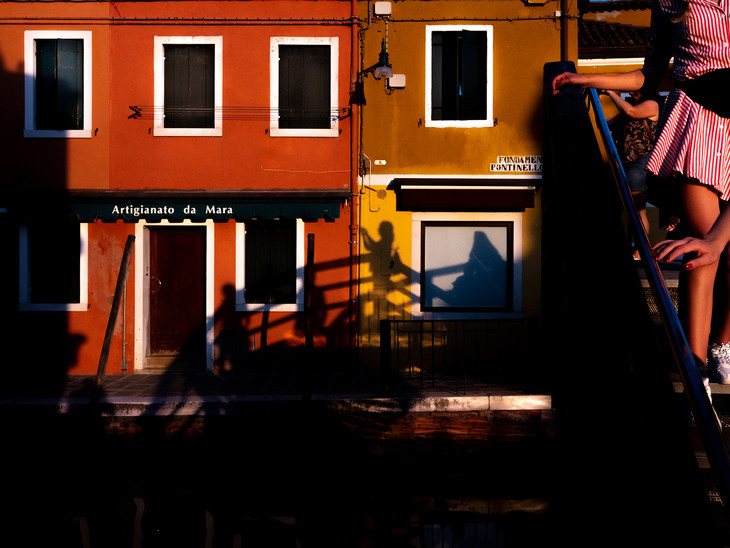
Fujifilm GF50mm F3.5 R LM WR official sample, Alex Liverani The reliability of the mounted lens is also very important when shooting. The GF50mm F3.5 R LM WR adopts an all-weather and dustproof design and can be used at low temperatures of -10℃. In addition, the optical structure of the lens adopts a structure of 9 elements in 6 groups and uses 1 aspherical lens. At the same time, due to the use of Nano GI coating, clear and transparent images can be obtained even when shooting backlight.
[ad_2]
Source link

